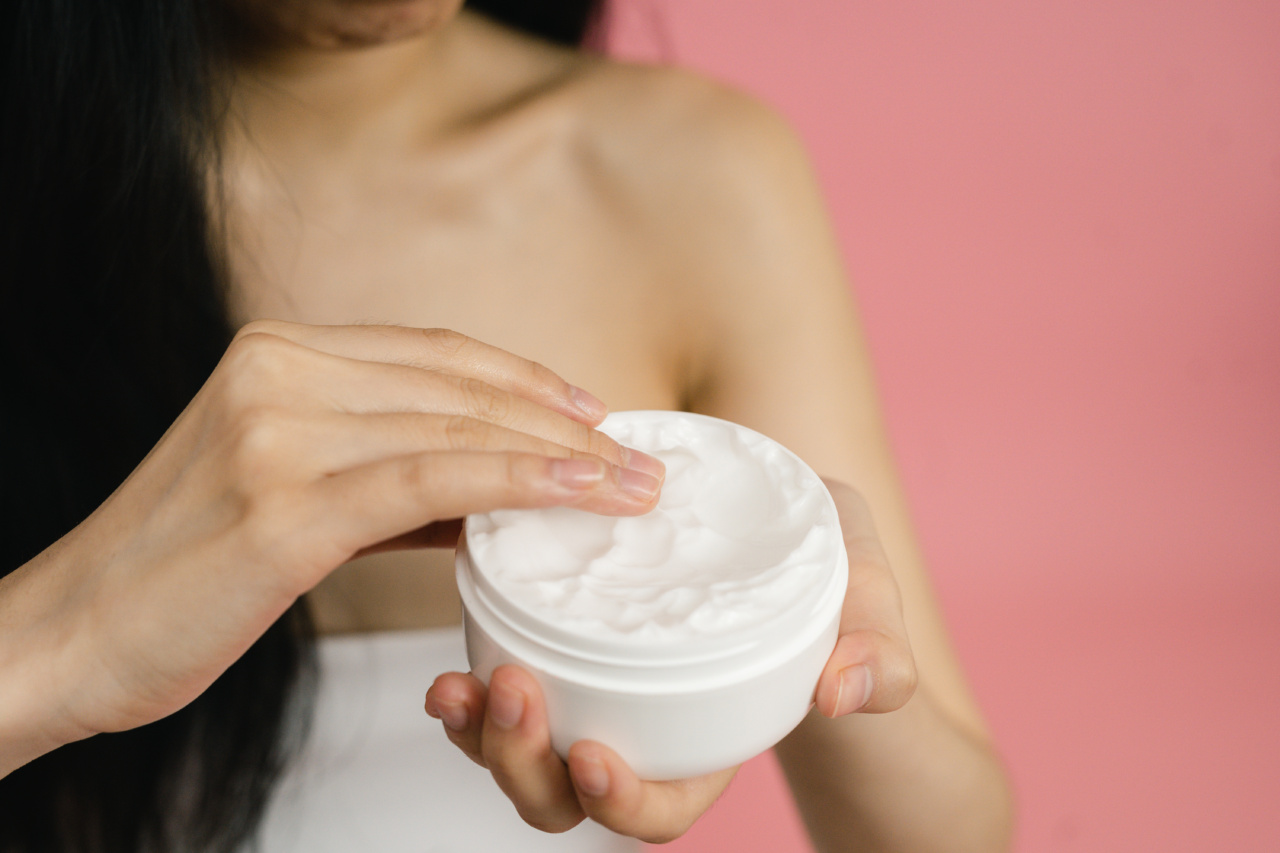White creams have been popular in the cosmetics industry for a long time for their skin whitening and brightening properties. However, what most people fail to realize is that these creams can pose a significant risk to their health.
In this article, we will explore the various risks associated with using white creams and why it is important to avoid them altogether.
What are White Creams?
White creams, also known as skin lightening or skin bleaching creams, are products designed to reduce and lighten the skin tone. They contain several ingredients such as hydroquinone, corticosteroids, and mercury.
The active ingredients in these creams work by inhibiting the production of melanin, thereby brightening the skin and eliminating dark spots and blemishes.
Risks Associated with White Creams
While the use of white creams may seem like a quick and easy solution to attain fairer skin, the risks associated with their prolonged use are extensive. Here are some of the most significant risks:.
1. Skin Cancer
Research has shown that prolonged use of white creams containing hydroquinone can increase the risk of skin cancer.
Hydroquinone is a potent skin-lightening ingredient that penetrates the skin’s layers and can lead to greater sun sensitivity, DNA damage, and mutations that make the skin more susceptible to cancer.
2. Mercury Poisoning
Several skin whitening creams contain high levels of mercury. Mercury is a toxic heavy metal that can damage vital organs such as the kidneys, lungs, and brain. It can also lead to skin rashes, skin discoloration, and scarring.
3. Skin Thinning and Pigment Loss
Many skin lightening creams contain corticosteroids that work by thinning the skin and eliminating pigmentation. Prolonged use of these creams can lead to skin thinning, increased susceptibility to sun damage, and skin infections.
4. Skin Irritation and Allergic Reactions
Several skin lightening creams contain harsh chemicals that can irritate the skin and cause allergic reactions. These reactions can lead to redness, itching, and swelling of the skin.
In some severe cases, these reactions can even lead to burning and scarring.
5. Hormonal Imbalances
Hydroquinone, a common skin whitening ingredient, is believed to affect the production of estrogen and testosterone in the body. Prolonged use of these creams can lead to hormonal imbalances, irregular menstrual cycles, and fertility problems.
Conclusion
While the desire for fairer and brighter skin is understandable, the risks associated with white creams are too significant to ignore.
The harmful chemicals, toxic ingredients, and potential for long-term health problems make it essential to avoid these products altogether. Instead, individuals should focus on natural and safe methods of achieving healthy and radiant skin.



























